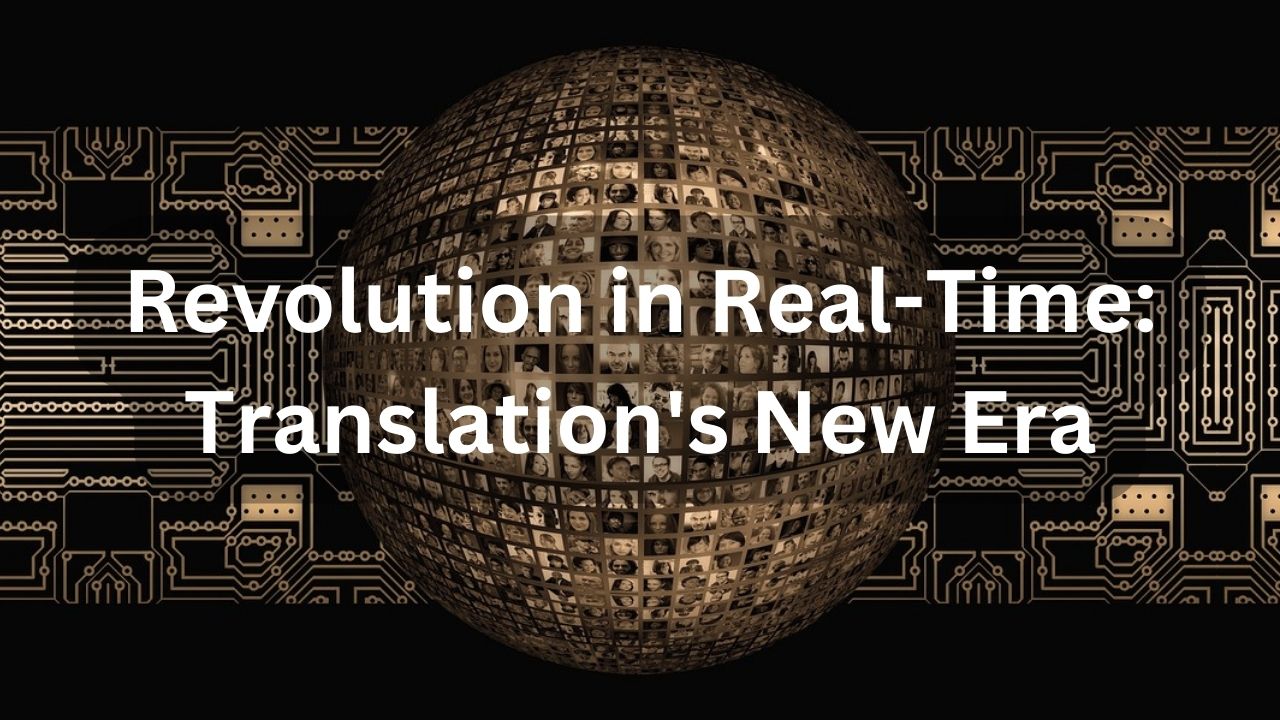Will artificial intelligence overturn the translation industry?
By Tünde Gál-Berey, András Bálint, Terézia Császár

Rarely is machine translation credited with causing a revolution. Interestingly, while machines outpace humans in terms of translation speed, it’s their slow adoption that may prevent us from seeing them as anything other than a technology that gradually integrates into our lives, let alone as something revolutionary. Over time, we come to accept their existence, with their quality improving year by year. We use them, appreciate them, but they haven’t altered our lives significantly.
The first true revolution in translation technology came with the advent of translation memories (TMs). Reportedly present in research institutions since the 1970s, it was only in the 1990s that the translation industry began utilizing them. By the 2000s, their use was widespread in language services. Translation memories offered a solution to the human challenge of translating tens of thousands of characters "word by word" on a daily basis. Translation memories can store the work of individual translators or even groups and reuse already translated segments. This propelled the translation of repetitive content, and the translation technology received its first major boost in efficiency. Thus, translation memory set the first translation revolution in motion.

However, as the economy globalized, the demand for translation surged even more. Multilingual instruction manuals, multinational corporations communicating in multiple languages, and brochures of medical devices and modern gadgets translated into numerous languages pushed manufacturers towards having to automatically separate large volumes of previously translated content from new portions. This need gave rise to Computer-Aided Translation (CAT) tools, which further enhanced the efficiency of using translation memories. These software tools not only make life easier for translators but also streamline the operations of translation companies. Their introduction gave a further boost to the utilization of translation memories.
The widespread use of the internet in the early 2000s catalyzed the third wave that facilitated the spread of translation memories. Rapid communication and file sharing were essential for distributing work among multiple translators. While we now take the internet for granted, it remains a crucial backbone for translation technology. It's strange to think about it, but translation materials could be delivered by tram or even handed over on a bicycle.
Eventually, the need arose to manage many clients, translators, and language experts within a single business system. Project managers are able to handle both small and massive translation requests, but their efforts for both extremes cost almost the same. Whether translating a single sentence or an entire manual into 30 languages, the workload remains in the same ballpark. Translation management software tools offer solutions to this problem, serving as the project management systems for translation agencies and large localization departments. Translation project management systems (TMSs) ushered in the second revolution in translation, becoming the platform for the entire human supply chain of the translation industry. Everything flows through this highway of the translation sector, yet we don’t take it for granted as much as we do the internet. (Nevertheless, VILLAM Language Services is currently working on developing the 3rd generation of the NaVi translation project management software to be used in Hungary.)

The third revolution in translation might be brought about by large language models (LLMs) and generative artificial intelligence. Although initial systems like OpenAI's ChatGPT and Google's Bard, which have become widely available by now, were not specifically intended for machine translation, the language industry recognized their potential. There's no need to translate content if it's created in multiple languages to begin with via generative artificial intelligence. Their use still leaves room for language industry experts, as in addition to developing and using them, large language models also need to be checked. Both translations and machine-generated content need editorial oversight. Therefore, the third language revolution won’t eliminate human work either but make it even more efficient.
It’s fascinating to think about this third translation revolution, which isn’t a thing of the past but maybe of the future. Generative artificial intelligence holds immense possibilities for humans but also inherent risks, potentially dismantling established economic practices (as most innovations do).
Speech and language use were pivotal milestones in human evolution. They assisted feeble, hairless apes in knowledge transfer and collaboration. Speech granted humans a significant competitive edge in nature and became one of our strongest attributes. If large language models acquire our communication skills, human content production could experience exponential growth. How will we be able to read so much content? And should we be wary of delegating one of our most significant strengths?* Company leaders have long been outsourcing functions to gain a comparative advantage, but they are well aware of the fact that core competencies from a business perspective must be retained and addressed in-house.
*As an answer to this question, VILLAM Language Services decided to experiment by entrusting a small portion of its customer service to a chatbot. Clicking on the tiny chat icon in the bottom right corner of the website will bring up a chatbot trained on six million characters, ready to answer any questions related to the translation agency. Give it a try!